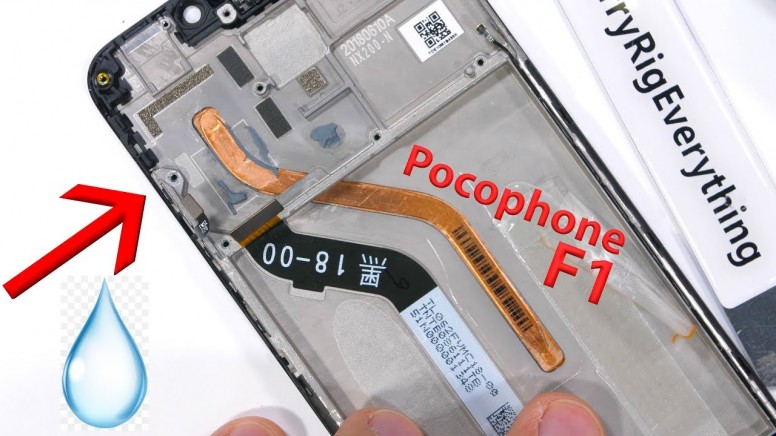How Does Liquid Cooling Work In A Smartphone ?
What is liquid cooling?
The basic principle behind liquid cooling in smartphones work on the dissipation of heat. The cooling system consists of a heat pipe with a liquid inside. This liquid becomes vapour by absorbing heat from the chipset. The heat is further dissipated, and the ambient temperature is maintained.

What Liquids Are Used ?
Water, deionised water, glycol/water solutions, and dielectric fluids such as fluorocarbons and PAO are the heat transfer fluids that are most commonly used. Most phones use water. The amount of water used is so less, it is essentially always in vapour form, which is why these systems are also called vapour cooled systems.
How Does It Work ?
Phones use a copper thermal heat pipe to distribute the heat and move it away from the CPU. This kicks into play when the phone is performing high intensity tasks. These may include tasks like gaming or even media playback. The copper tube has a very minuscule amount of liquid. The liquid is not even enough to see if the tube is cut open. The cooling happens through condensation. Condensation is the process of vapour turning to liquid when cooled.

As the processor heats up, the liquid heats up and turns into vapour, thus absorbing the heat from the CPU. This vapour then moves to the opposite end of the heat pipe. This end is further away from the CPU and is considerably cooler. The vapour dissipates the heat thus turning back into liquid form. This process is continuous and works well to dissipate and disperse heat from a concentrated area to a much larger area thus cooling the entire system faster and more efficiently.